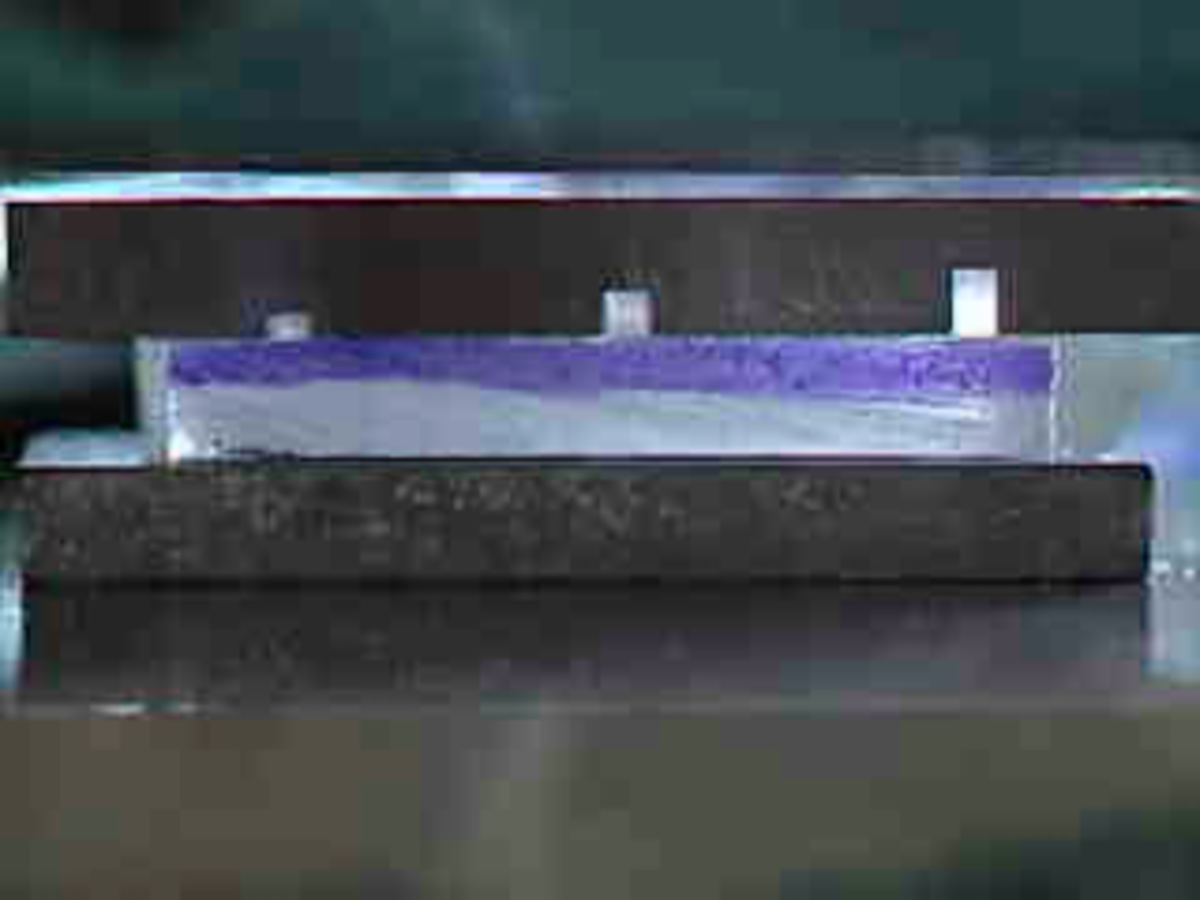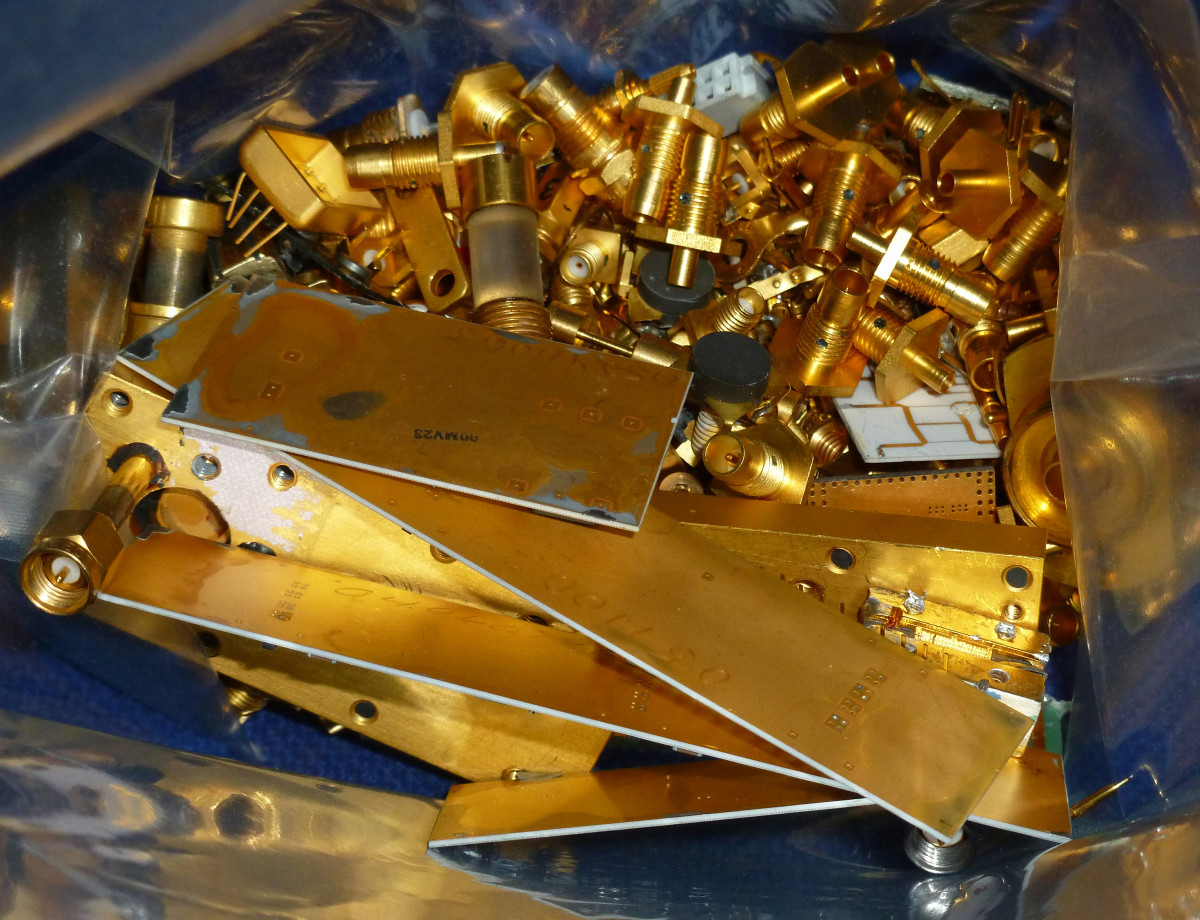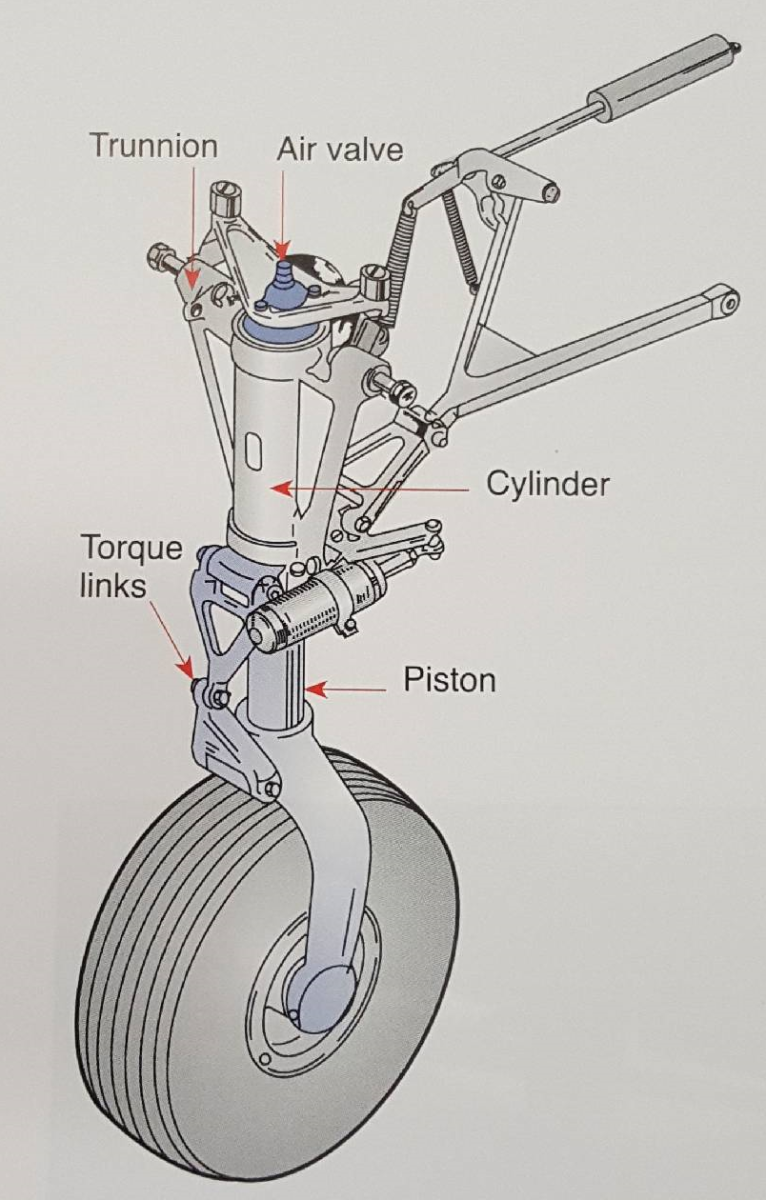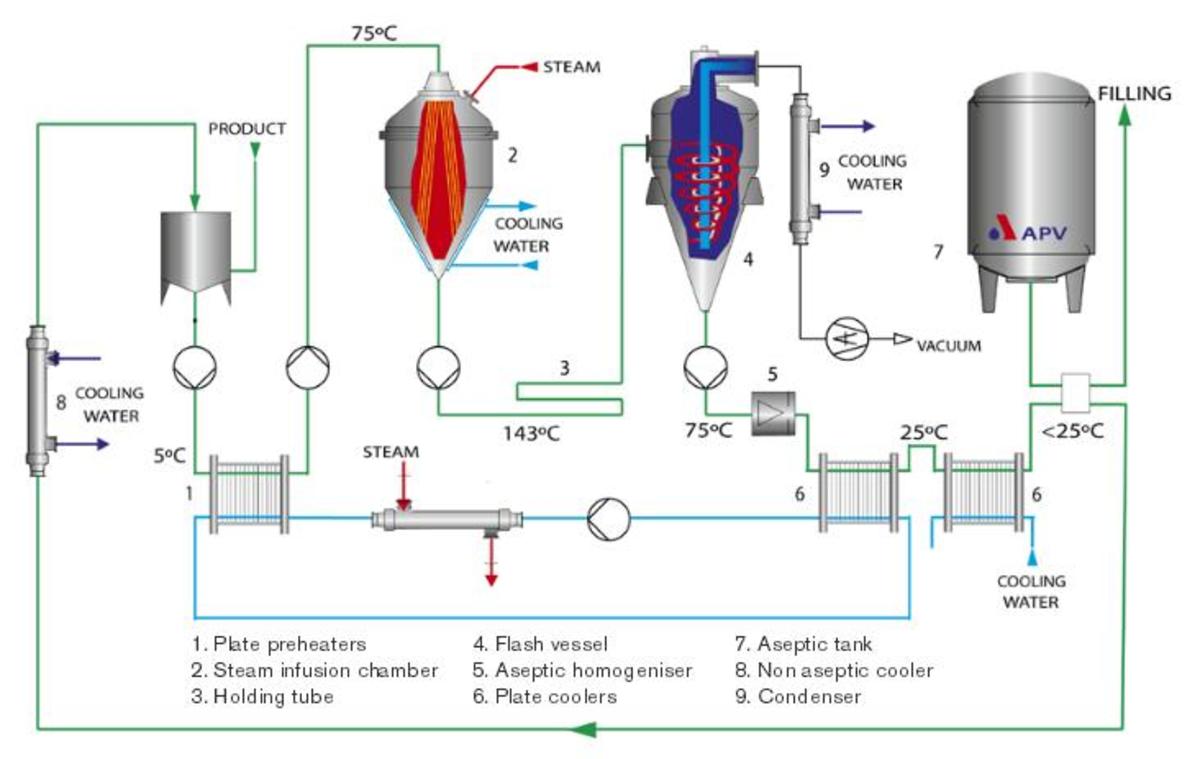Nano-Materials and Nanotech Standards
Nano materials and nano-technologies have moved from science fiction to industrial application. This article lists some of the most commonly referenced standards for nanomaterials and nanotechnology.
Nano Standards by ANSI and ASTM
ASTM D6161-10 is the standard outlining the terms used with regard to micro-filtration, nano-filtration and reverse osmosis membranes.
ASTM D4194-03 gives the standard test method for reverse osmosis and nano-filtration devices. Related standard D3923-08 outlines how to detect leaks in those same devices.
ASTM E2524-08 is the standard test method for analyzing hemolytic properties of nanoparticles, their ability to pass into red blood cells.
ASTM E2535-07 is the guide for handling unbound engineered nanoparticles or UNP in the workplace.
ASTM E2456-06 is the standard outlining the terminology to be used in nanotechnology standards.
ASTM E2859-11 is the standard guide for how to measure the size of nano-particles using atomic force microscopy.
ASTM E2865-12 is the ANSI and ASTM international standard on how to measure the mobility and zeta potential of nano-sized biological materials that are less than 100 nanometers. This standard is separate from occupational workplace safety standards like ISO 12885.
ASTM standard E2996-15 is the standard guide for workforce education in nanotechnology health and safety. The standard was created as the basis of a college course to teach that information.
ASTM E3001-15 is the standard for workplace education on nanotechnology characterization, teaching individuals who will be working with nano meter-scale materials.
ASTM B878-97 is the ASTM international standard on how to detect nanosecond events in electrical contacts and connectors. This standard came out in 2014.

IEC Nano Material Standards and Nanotechnology Standards
IEC technical report 62632 is a technical report describing the types of nano-scale contacts and interconnects.
IEC/TR 62834 is the nano-electronics standardization roadmap that came out in 2013.
IEC/TS 62622 lists the description and measurement of dimensional quality parameters of the artificial gratings used in nanotechnology. This standard first came out in 2012.
IEC 62607-3-1 outlines the key control characteristics of luminescent nano-materials and their quantum efficiency.
IEC 62624 describes the test methods for measuring the electrical properties of carbon nanotubes or CNTs. This is separate from the IEEE standard 1650 on how to measure the electrical properties of carbon nano-tubes that came out in 2005.
IEC 62565 gives the nano-manufacturing standards for carbon nano-tubes.

ISO Standards on Nano Materials and Nano Technology
ISO 80004 is the standard vocabulary for various nanotechnologies. For example ISO 80004 part 3 specifically outlines the terms used in reference to carbon nano-objects.
ISO 12885 outlines the health and safety practices for workplaces dealing with engineered nanomaterials. It does not cover safety practices for users dealing with nano-materials. This standard was created in 2008. CSA Z12885 is the Canadian version of this standard, including the exposure control program for workplaces using engineered nanomaterials.
ISO 12901 is the standard for measuring and managing the risk in the workplace that uses nano-materials.
ISO 13329 is the Swedish standard and general technical report for other nations on how to create safety data sheets for nano-materials.
ISO 12805 gives guidance on how to specify nano-objects by characteristics and measurement methods. This is a technical specification but not a standard as of this writing. ISO 12805 came out as a technical spec in 2011.
ISO 14187 is a technical report describing how to perform a surface chemical analysis to determine the characterization of nano-structured materials. It first came out in 2011.
ISO/TR 14786 outlines the considerations for developing chemical nomenclature for nano-objects listed in ISO/TS 80004:1 that came out in 2010.
ISO 10801 is the standard for how to generate metal nano-particles for inhalation toxicity testing via the evaporation / condensation method. ISO / TR 27628 is the technical report for characterizing and assessing nano-structured aerosols and inhalation exposure in the workplace.
ISO 16195 describes how to create test materials made from nano-objects in dry powder form.
ISO / TS 17200 describes how to measure the characteristics and determine other factors with regard to powdered nano-particles.
ISO 13830 is the ISO’s guidance on voluntarily labeling products that contain manufactured nano-objects like nano-particles contained in the material used to make the product. This standard first came out in 2013.
British Standards on Nanomaterials and Nanotechnology
PAS 71 is the British standard for the vocabulary used in reference to nano-particles.
PAS 135 is the British standard outline the standard terms to be used in reference to nanofabrication. PAS 134 is the British standard giving the standard terminology for just carbon nanostructures.
PAS 130 gives the guidance on how to label manufactured nano-particles and products that contain them. PAS 130 is a British standard. PAS 131 gives the standard terminology for medical and personal care uses of nanotechnology.
PAS 133 gives the British standard terms for nanoscale measurement and instrumentation.
International Standards on Nanomaterials and Nanotech
GB/T 19345 is the Chinese standard on nanocrystaline soft magnetic alloy strips.
CSA Z5100-14 outlines the Canadian standard test method for characterizing cellulosic nanomaterials.
DIN 10801 is the German standard based on ISO 10801, the standard for generating metal nano-particles for testing the toxicity of inhaling them.
Military Nano Tech and Nanomaterial Standards
MIL-DTL-32139/1 is the standard for nanominiature polarized shell rectangular electrical connectors.
MIL-DTL-32139/2 is the military standard for single row nanominiature polarized shell crimp style electrical connectors.
MIL-DTL-32139/4 is the standard for dual row nanominiature polarized shell rectangular electrical connectors.








